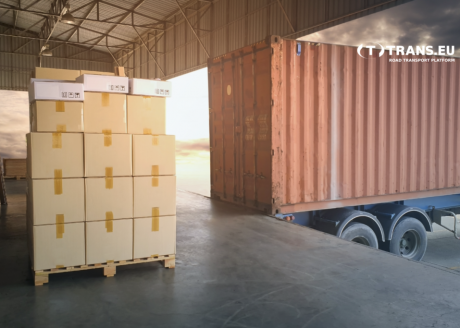What is the definition of distribution?
What exactly means distribution? It is a word of Latin origin, distributio and it means distribution. It is a relationship running at the level of sales channels. It is established between three parties:
- the manufacturer,
- the seller,
- consumer.
Distribution involves overcoming differences related to passing time, overcoming distances, making transactions, and gathering information about demand and sales. Distribution is divided into many types and we can distinguish several basic forms:
- intensive distribution,
- exclusive distribution.
Distribution is also many activities that are related to the organization of transportation, conducting purchase transactions at different levels, and conducting sales analysis. It is a concept that not only applies to the manufacturing industry, but also the service and transportation industries. All of these industries within distribution work together on many levels. It is a word that will come up repeatedly when dealing with consumer and manufacturing goods.
What is intensive distribution?
What exactly is intensive distribution? It can also be found under the name "selling to all audiences". It involves making goods available and selling them to all consumers at every point of sale. Products under intensive distribution are very easily available not only across the country but also internationally. The product offered is mass and the consumer has no problem in reaching and paying for the product he is interested in. Such a consumer also does not have to collect information about the product and also does not have to focus on alternative choices. With this type of distribution, the product is very familiar to him and he associates it with good quality and really easy access.
What does intensive distribution require from the manufacturer? He is forced to use multiple outlets and also needs to reach customers through multiple sales channels. Nowadays, stationary stores are not enough, online shopping is also a growing percentage of revenue and is even demanded by customers. Importantly, shelf shortages can be associated negatively with every consumer - so it is important to maintain regular supply to multiple outlets at the same time. Typical products in intensive distribution include food, hygiene products, and cosmetics. If one of these goods is missing, the customer will not go to another store but will bet on a competing product.
What is exclusive distribution?
How can the term exclusive distribution be explained? In the industry literature, we can also meet with the expression exclusive distribution. It allows you to focus on one sales channel or bet only on one of the retail chains. This type of distribution is intended to limit the field of its competitors and within specialized sales channels prohibit the sale of competing goods. This is the so-called highest distribution channel, which creates in the customer a sense of exclusivity and uniqueness. Exclusive distribution works only for a specific group of goods, which for the consumer must be irreplaceable and also reliable.
Does exclusive distribution have its drawbacks? Of course, it has - as the name suggests, exclusivity gives a limited field among consumers. Smaller production and limited sales channels increase costs significantly - which means much higher prices compared to cheaper, marketable substitutes. The higher price for the goods also means a significant reduction in the group of customers who will choose to buy the product. Interestingly, the customer who buys luxury goods is mostly determined to choose them and does not look for a cheaper version at all. Luxury goods can include rarely produced products and unique items, which represent a great value for each consumer concerned.
What function does distribution have?
What functions does distribution have? Basically, two can be mentioned:
- Coordination - it aims to equalize the demand rate with sales. It allows meeting the expectations of all consumers who are willing to buy a certain commodity. If the customer wants to buy a good, then the producer can achieve his goal - to produce and then sell a certain good. It is limited not only to conduct transactions but also to collect the necessary commercial and consumer information for the producer.
- Organizational - this is the process associated with an already existing product. The entire function consists of all the processes to accommodate the prevailing supply and demand in the market. These activities include transporting the product to the warehouse and point of sale, as well as storage before the product is on the store shelves. The organization is also tasked with creating optimal conditions for sales.
These two simple functions complement each other very well and make it possible to deliver and sell the product even in several sales channels.
Thanks to our logistic platform you will find the best forwarding companies and learn what rules govern the market. We encourage you to familiarize yourself with our offer, check the freight exchange.
